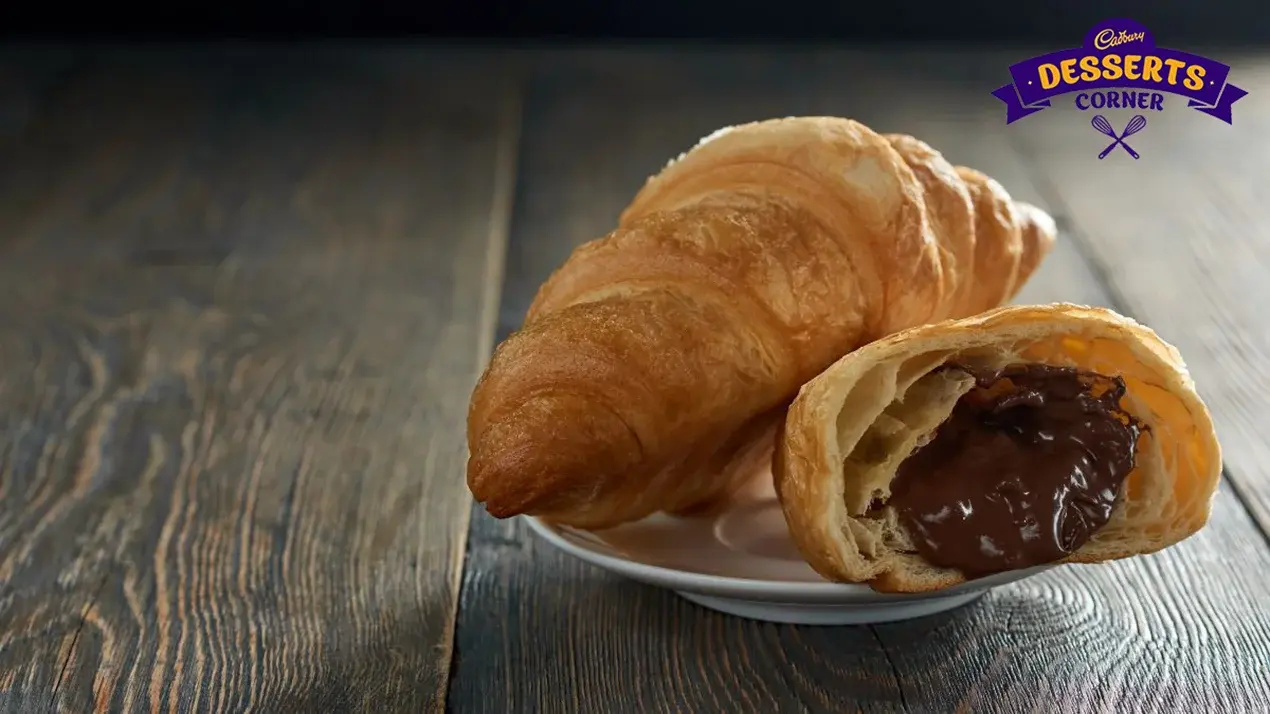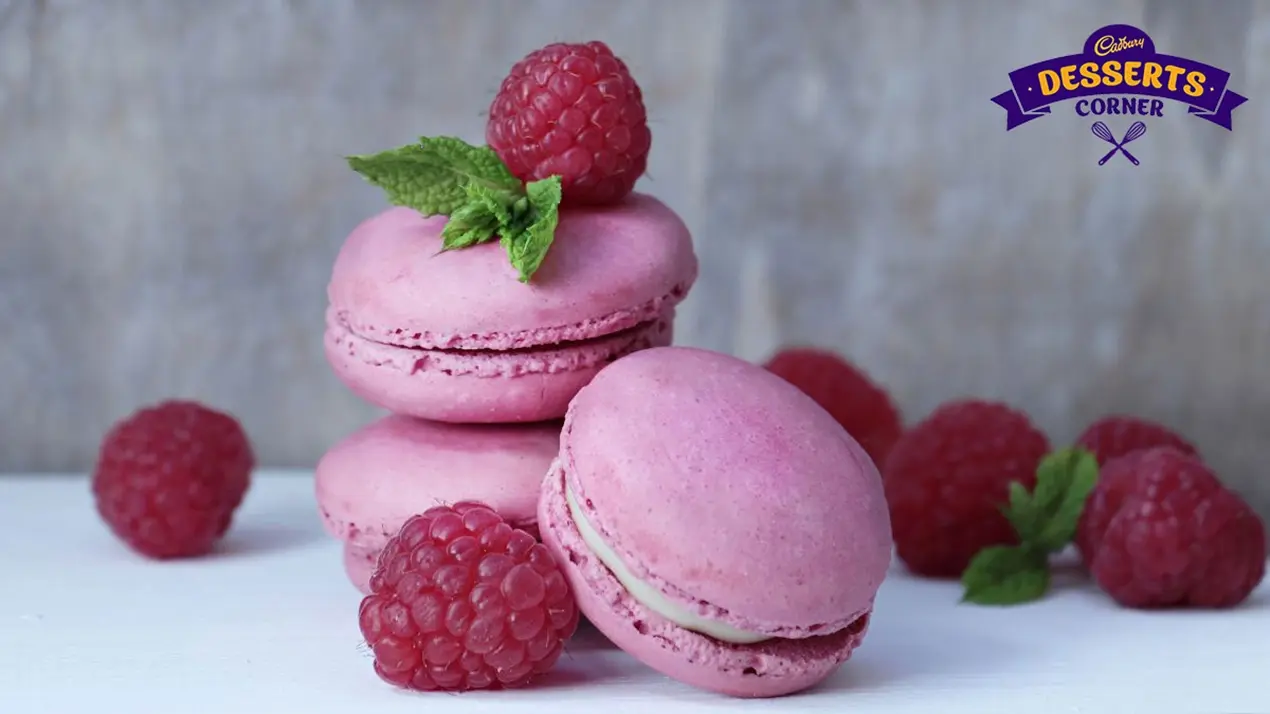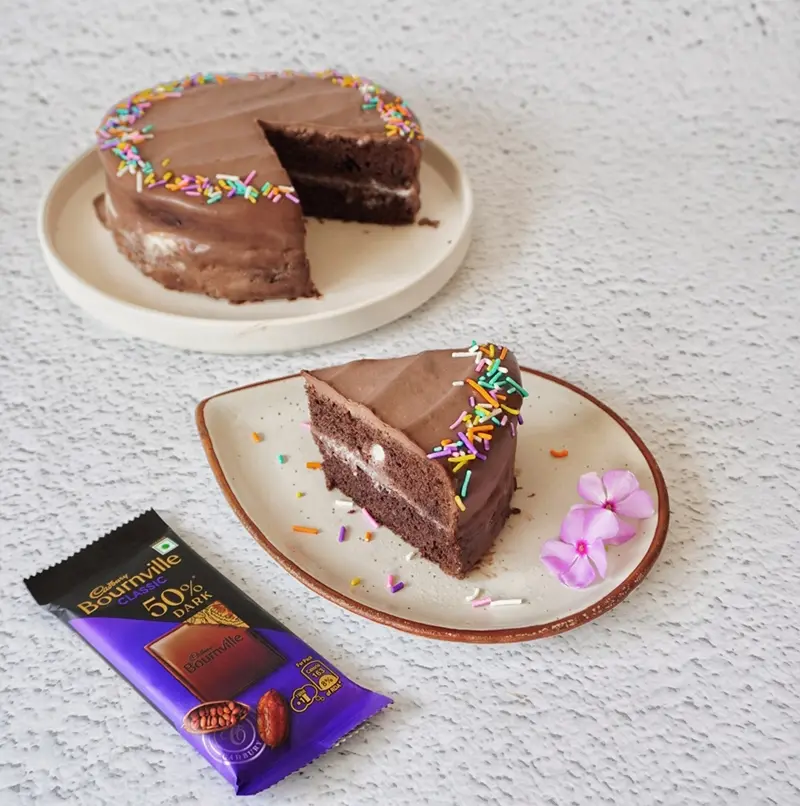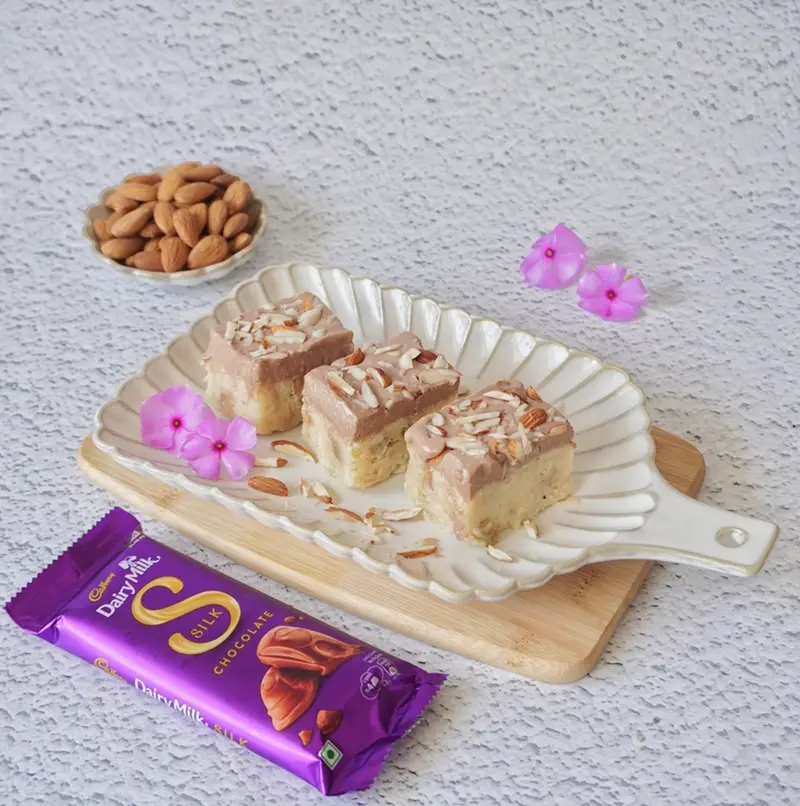Pineapple Upside-Down Cake Day needs to be celebrated by either eating or baking the cake that has been popular since the 1800s

While this date might be an American invention, Pineapple Upside down cake has existed in a different form somewhere in the world, namely somewhere in the tropics in Central America. It falls on 20th April each year where this cake is celebrated for its unusual appearance, but delicious taste. The cake is flipped on its back so the pineapple side faces the sun and that is what gives it a distinct appearance and also the name. The essence of this cake lies in the canned pineapples used, the cherries are optional, and the whole tin or tins goes into the making – the pineapple rings and the syrup.
The Origin of The Cake

The origin of Pineapple Upside Down Cake is a bit muddled but sources pinpoint the cake to have been created around the 1920s. The two earliest known documented recipes were found in 1924 and 1925 respectively. The 1924 was a Seattle charity cookbook referred to the dish as "Pineapple Glacé", and a 1925 women's magazine featured a full-page ad for the cake using Gold Medal flour.
Before the birth of ovens, people cooked desserts in cast iron skillets and most likely the first kind of cake with fruits, undocumented, were born in a kitchen, cooking over open flame, in a skillet. Typically the fruits would line the bottom of the pan, stewing in its own juices and caramelize and the cake batter would go right on top of it. Once cooked, the cake would be flipped to reveal the golden, caramelized fruit on top.
A little about these skillets before we go on about the cake, the original pans had legs and went by the name of “Spider skillets” and the cakes born out of them were called spider cakes , naturally. Once ovens were invented the spiders lost their legs and transitioned to the flat bottomed skillet we know today.
As simple as the cake might be, it enjoyed popular in the mid to the late 1800’s, where it was reserved for special occasions and not an after-meal dessert. As times changed, the popularity of this cake also plateaued although it was always a popular choice to be eaten as a dessert.
What are the ingredients?

The US grew its first pineapples in the late 1800s and by the early 1900s they began to pack them into cans with syrup. By then they were being used in cakes, drinks and other desserts already. The OG recipe given that the pans were made to stand over a naked flame, dictated that pineapples were to be placed at the pan’s bottom with the cake batter being poured on top of it. Nuts and Marascino cherries were sometimes added to this cake and baked, then flipped onto a plate. This cake can use any fruits that does well in desserts like apples, peaches, plums and pears.
Pineapple Upside down Cake Recipe

Ingredients:
For the topping
- 50 gm butter (room temperature)
- - 50 gm brown sugar
- 7 syrup-soaked pineapple rings (drained with syrup reserved for later)
- 7 candied cherries
- For the cake
- 100 gm butter (room temperature)
- 100 gm caster sugar
- 100 gm all purpose flour
- 1 tsp baking powder
- 1 tsp vanilla extract
- 2 eggs
Instructions
- Preheat the oven to 180°C and while the oven heats, then in a bowl, use a hand mixer to beat the softened butter and brown sugar until creamy.
- Spread the butter-sugar mixture over the base of a 20cm round cake tin, bringing it up about 1/4 of the way up the sides.
- Arrange 7 pineapple rings on top of the butter-sugar mixture then place 1 candied cherry in the center of each pineapple ring. If you have less, cut the cherry into half and place the flat side down between the pineapple rings.
- In a separate bowl, combine butter, caster sugar, flour, baking powder, vanilla extract, and the 2 eggs, then mix in 2 tbsp of the reserved pineapple syrup
- Using an electric whisk, beat the ingredients until you have a soft batter consistency.
- Spoon the cake batter into the prepared tin, on top of the pineapple rings, then smooth the top of the batter and bake for 30 minutes.
- Once the cake turns golden, let it stand for 5 minutes before carefully invert the cake onto a serving plate. The cake is ready to be sliced and served.
Like This Article?
More Like This



Popular Articles





Trending Web Stories
Curated Recipes



















